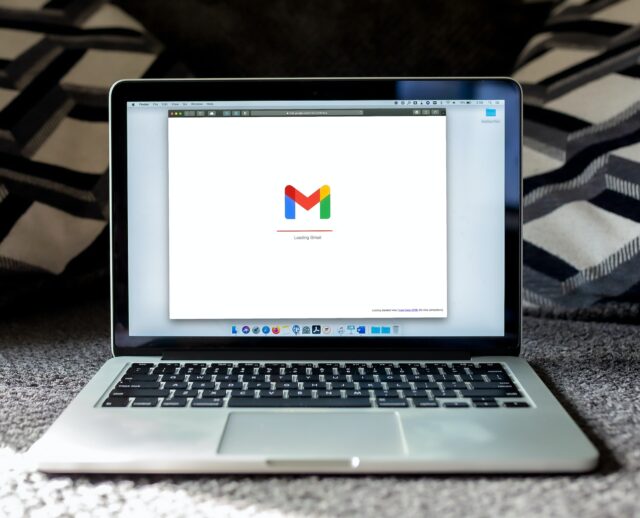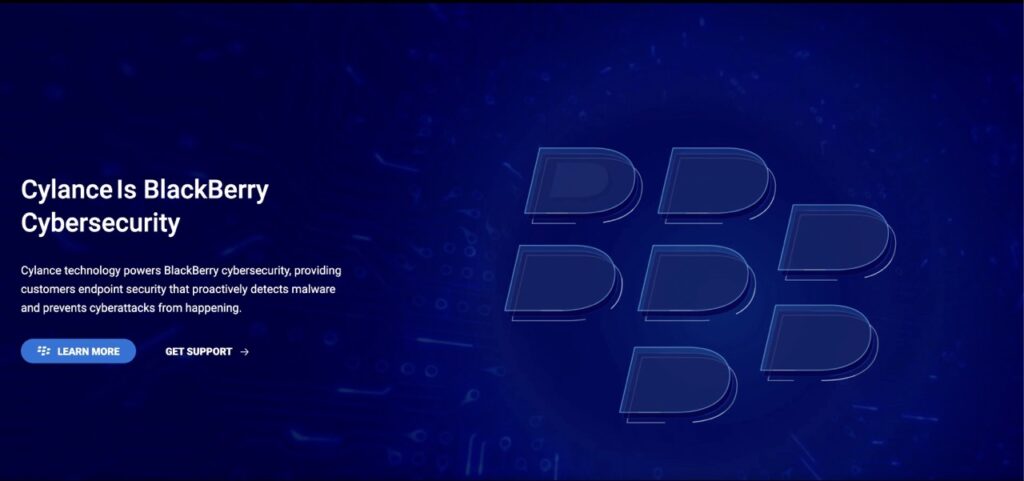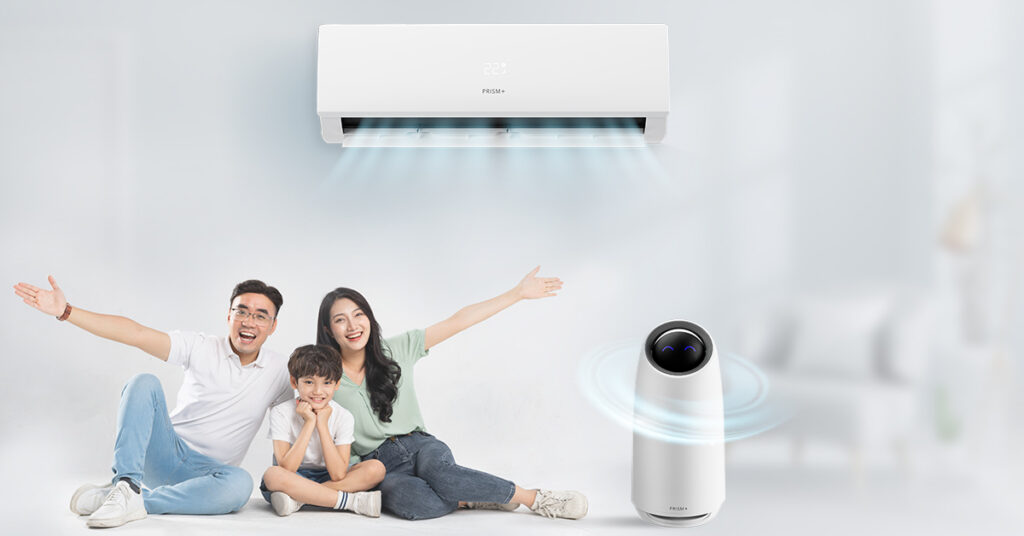Current Technologies That Make You Vulnerable to Hacker Attacks and How to Protect Yourself
6 min read
Cybersecurity is not always very sexy. However, nothing kills the mood like getting hacked.
Technology provides us with many opportunities for better communication, entertainment, productivity, creativity, and connection, but rapid digital transformation and the proliferation of new devices and technologies also expose us to risk.
If cybercrime were a country, it would be the third largest economy in the world, after the US and China. According to Cybersecurity Ventures, cybercriminals are projected to cost the global economy $10.5 trillion by 2025.
Whether working individually or in professional teams, hackers are always looking for vulnerabilities in software and hardware that could give them access to networks and valuable data.
It’s helpful for people to understand where there are risks and how they can use current technologies more safely.
Here are the technologies that can expose us to attacks by hackers. This is followed by steps we can take to minimize those risks.
5G and Internet of Things (IoT) Devices
5G gives us very high-speed internet compared to 4G and also changes the way networks function. They can now be split so that the same lines can be used for multiple processes simultaneously. The 5G network is software based rather than hardware based.
Advanced speed and connectivity through software is a risk, however, because it means that devices and people are increasingly connected via the internet, making them vulnerable to hackers.
IoT devices, which rely heavily on 5G networks, have revolutionized the way we work and play. In manufacturing, they help with elements such as stock control and maintenance, and they help maintain optimum performance and safety for workers.
IoT includes wearables like fitness trackers and health monitors. IoT devices can be used to manage smart homes, with automated lighting and heating and inventory functionality.
Unfortunately, they are currently unregulated and are often made as cost-effectively as possible. They tend to have weak inbuilt security and lack the possibility to have that security upgraded. Passwords tend to be generic by default and people frequently fail to change them to strong passwords.
Public (Unsecured) WiFi
WiFi is another convenient technology that has increased risk to its users. Using wifi without a strong password or without a password compounds innate connectivity risks.
Unsecured WiFi, such as the kind you get in cafes and hotels, is often targeted by hackers. It can offer them a way to access multiple devices. Once they have access, they can steal or modify personal and valuable data, install malware, and potentially live on those devices in the long term.
Artificial Intelligence (AI), Machine Learning (ML), and Big Data Systems
With AI and ML, businesses can process massive data sets and develop algorithms that make human-like decisions or predict behavior. While this is good for things like marketing or mapping possible behavior during natural disasters, the same technology can also be used by criminals.
In the wrong hands, these technologies can help criminals crack access credentials and encrypted files, mimic the behavior of authorized personnel, or manipulate political democratic processes, as in the case of the Cambridge Analytica scandal.
Cloud Service Providers
Many people rely on cloud services to process or store their files. The advantages are that they can store large amounts of data and they can do so offsite, which makes it safe from geographically-specific incidents. Furthermore, files on the cloud can be accessed from anywhere with an internet connection.
Unfortunately, using cloud services means putting your data in the hands of third parties that might not be as hot on security as you would like them to be or as they say they are.
Cloud services are targets for hackers and they are often subject to misconfigurations, which can result in confidential data being accessible on the web without protection by a password.
How to Protect Yourself from Exposure to Cyber Risks
The following tips will help anyone identify scams and protect themselves from potential vulnerabilities that could otherwise allow hackers to access and steal your data.
Encryption
Insist on encryption when using the web, especially when you are filling in a form or making a transaction. TLS (Transport Layer Security) encryption is signified by HTTPS at the beginning of the URL and a closed padlock in the ULR bar.
Read Privacy Policies
Boring? Perhaps.
Able to prevent spam and the sale of your information, which could lead to attacks such as phishing and ransomware? Absolutely.
It’s worth reading privacy policies before subscribing to services. Otherwise, companies can include clauses that allow them to track you and use that information in a way that could put you and your network at risk.
Learn to Spot Spam
Malicious individuals use spam emails to sell bogus products and services but also to trick receivers into making transactions, providing personally identifiable information, or clicking a link that causes malware to be downloaded to the device.
Learning to spot spam is an excellent way to protect yourself online. Look out for:
- Poor spelling and grammar
- Offers that are too good to be true
- Messages sent with your name in the BCC field
- Over-use of urgency
- Fake (but close to the original) business names
- Demands for personal or financial information
Work with Trusted Professionals
The global marketplace is great, giving individuals and businesses access to talent all over the world. Whether you want someone to help with your taxes or you’re looking to add a flexible marketing department to your business, you can achieve this online.
To stay safe while making connections, use Leadar to verify identities and make sure you are communicating with authentic, trusted professionals.
Anti-Malware Software
Modern anti-malware software is essential to protect devices and their users in the current online environment. They are excellent at spotting risky files or websites and can provide real-time protection for multiple devices.
Multi-Factor Authentication (MFA) and Strong Passwords
Combine MFA with strong passwords (if there is a password option) for a very strong defense against a broad range of scams and cyber attacks.
Multi-factor authentication requires users to prove their identities using more than one method, which makes stealing or cracking a password alone less useful for hackers.
A strong password, i.e., one that is difficult to crack, has the following characteristics:
- A combination of letters and numbers
- At least one symbol
- At least 8 characters
- No dictionary words
Conclusion
By understanding the unfortunate dark side of current technologies, we can use them more safely, achieving their and our potential.
It’s important not to be paranoid about technology, but at the same time, these devices should be used in accordance with best practices for online safety.
By following the above tips, you can make using the internet and current technologies safer for you and your network. However, if you want to delve deeper into the world of cyber security, there are plenty of cyber security courses that you can find online.







